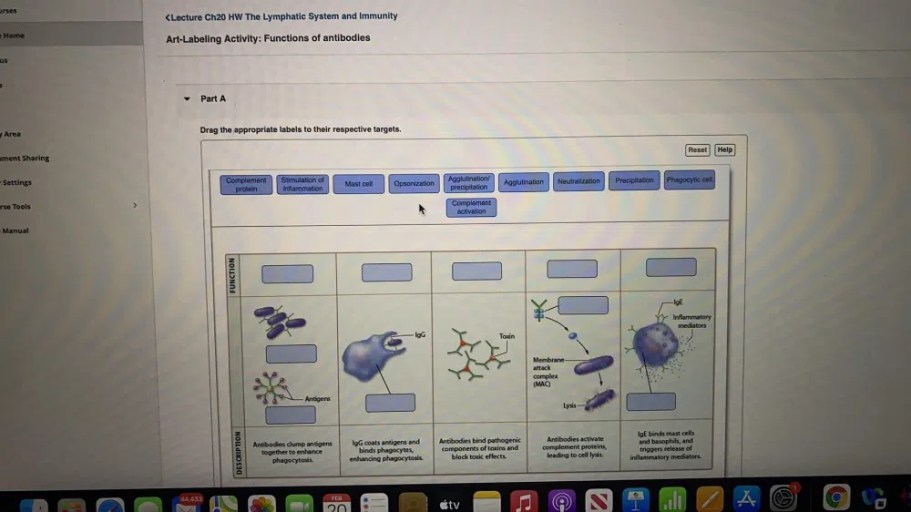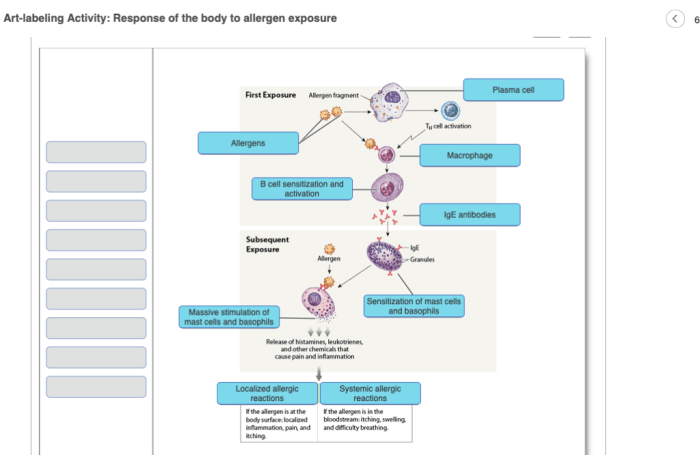Art labeling activity functions of antibodies encompass a diverse range of techniques employed to identify and visualize specific molecules within biological samples. These techniques have revolutionized our understanding of cellular processes and disease mechanisms, providing invaluable insights into the molecular underpinnings of life.
This article delves into the fundamental principles of antibody labeling, exploring its applications in research, diagnostics, and beyond. We will examine the different types of antibodies used for labeling, the methods employed, and the factors influencing the specificity and sensitivity of these techniques.
Labeling Functions of Antibodies: Art Labeling Activity Functions Of Antibodies
Antibodies play a crucial role in labeling and identifying specific molecules within a sample. They are highly specific proteins that recognize and bind to unique antigens, enabling the detection and visualization of target molecules in various biological samples.
Types of Antibodies Used for Labeling
- Primary Antibodies:Bind directly to the target antigen.
- Secondary Antibodies:Bind to the primary antibody, providing signal amplification or additional labeling options.
- Tertiary Antibodies:Bind to the secondary antibody, further enhancing signal amplification.
Methods of Antibody Labeling
- Direct Labeling:Primary antibody is directly labeled with a reporter molecule, such as a fluorescent dye or enzyme.
- Indirect Labeling:Primary antibody is unlabeled, and a secondary antibody conjugated to a reporter molecule is used for detection.
Applications of Art Labeling Activities

Art labeling activities are widely used in various fields, including:
Medical Diagnostics
- Immunohistochemistry: Detects and localizes specific proteins in tissue sections for disease diagnosis and prognosis.
- Immunofluorescence: Visualizes the distribution and localization of proteins in cells and tissues.
Forensic Science
- Antibody-based assays: Identify specific proteins or molecules in forensic samples, such as blood or DNA.
- Immunohistochemistry: Detects and localizes specific proteins in forensic samples, aiding in crime scene investigation.
Environmental Monitoring
- Immunosensors: Detect and quantify specific environmental pollutants or contaminants.
- Biomonitoring: Monitors the presence and levels of specific molecules in environmental samples, assessing potential risks.
Techniques for Art Labeling

| Technique | Description |
|---|---|
| Immunohistochemistry (IHC) | Detects and localizes specific proteins in tissue sections using labeled antibodies and chromogenic or fluorescent substrates. |
| Immunofluorescence (IF) | Visualizes the distribution and localization of proteins in cells and tissues using labeled antibodies and fluorescent dyes. |
| Western Blotting | Separates proteins by electrophoresis and detects specific proteins using labeled antibodies, enabling the analysis of protein expression and modifications. |
Art Labeling in Research and Diagnostics

Art labeling is a powerful tool in research and diagnostics:
Research Applications, Art labeling activity functions of antibodies
- Studies protein expression and localization within cells and tissues.
- Investigates protein-protein interactions and cellular pathways.
Diagnostic Applications
- Immunohistochemistry: Detects and localizes specific proteins in tissue biopsies, aiding in disease diagnosis and prognosis.
- Immunofluorescence: Visualizes the distribution and localization of proteins in cells and tissues, providing insights into disease mechanisms.
FAQs
What are the advantages of using antibodies for labeling?
Antibodies offer high specificity and affinity for their target molecules, enabling precise labeling and detection. They can be conjugated to various labels, allowing for visualization using a range of techniques.
What are the different methods of antibody labeling?
Direct labeling involves directly conjugating the antibody to a label. Indirect labeling uses a secondary antibody that recognizes the primary antibody, which is then conjugated to a label.
What factors affect the specificity and sensitivity of antibody labeling techniques?
Factors such as antibody quality, labeling efficiency, and background noise can influence the specificity and sensitivity of these techniques. Optimization is crucial to ensure accurate and reliable results.